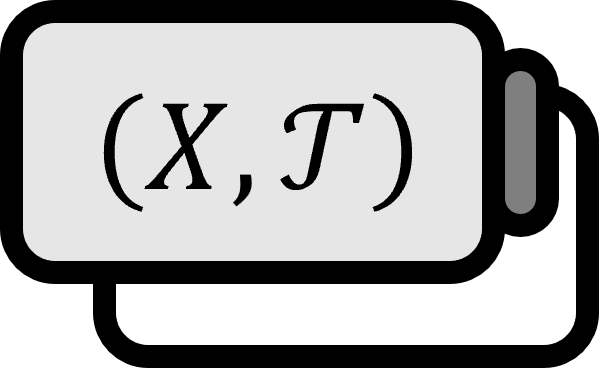The Transfer Continuous Function Preserves Connectivity
Theorem
For a connected space $X$, if $f : X \to Y$ is a surjective continuous function, then $Y$ is a connected space.
Explanation
Terms like connected and continuous may seem confusing because they sound similar. Usually, memorizing them in English does help, but for this theorem, the relevant English terms are Connected and Continuous, so it doesn’t really help.
Proof
Assuming $Y$ is not a connected space would imply there exist open proper subsets $A,B \subset Y$ satisfying $$ A \cap B = \emptyset \\ A \cup B = Y $$. Since $f$ is a surjective function, $f^{-1}(A)$ and $f^{-1}(B)$ are not empty sets.
Since $f$ is a continuous function, $f^{-1}(A)$ and $f^{-1}(B)$ are open sets in $X$. However, taking their intersection results in $$ f^{-1} (A) \cap f^{-1} (B) = f^{-1} (A \cap B) = f^{-1} ( \emptyset ) = \emptyset $$ while taking their union results in $$ f^{-1} (A) \cup f^{-1} (B) = f^{-1} (A \cup B) = f^{-1} ( Y ) = X $$ Therefore, $X$ is not a disconnected space and this is a contradiction.
■
As we delve into the proof, it becomes evident that it follows precisely the same method to demonstrate that connectivity is a topological property. A corollary which might be more practical to use than the entire theorem due to its factual nature follows below.
Corollary
For a connected space $X$, if $f : X \to Y$ is a continuous function, then $f(X)$ is a connected space1.
Munkres. (2000). Topology(2nd Edition): p150. ↩︎
